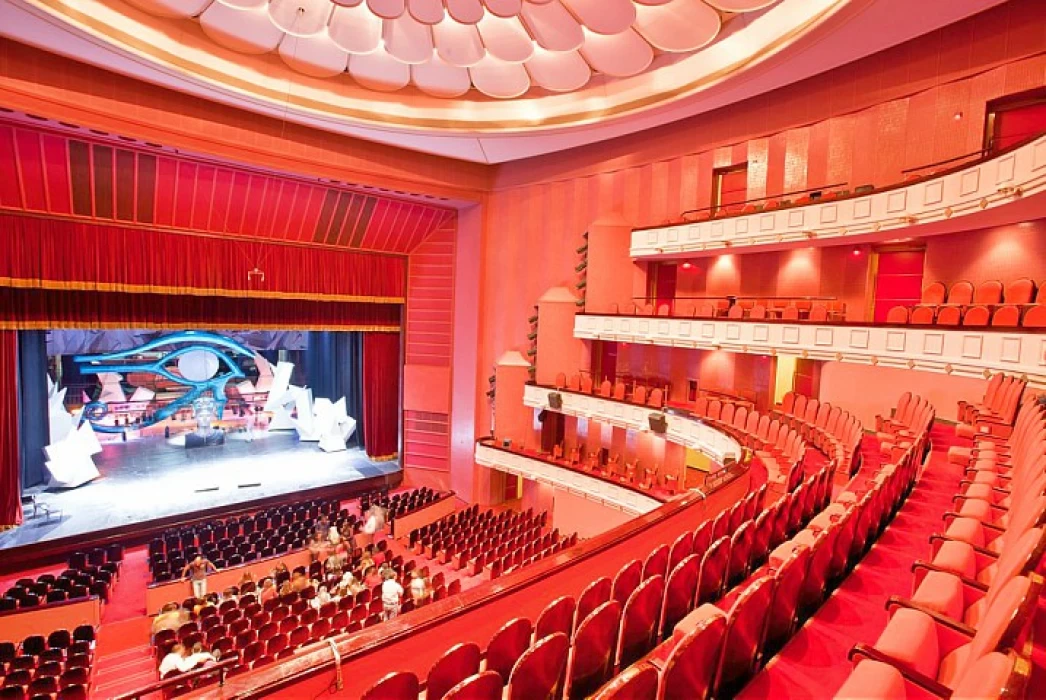
The Egyptian Opera House
Facts About The Egyptian Opera House
The story of the establishment of the old opera was closely linked to the opening of the Suez Canal during the reign of Khedive Ismail, who was passionate about the arts, and therefore it was called the Khedive Opera, and the location of the Khedive Opera was chosen so that it was located in the middle of two of the most important neighborhoods of Cairo at that time, the Azbakeya neighborhood and the Ismailia neighborhood.
The years have passed, and Cairo expanded and its extremities expanded and its area expanded and its features changed, and the Opera Square, which was named after it, is still a witness to this unique location and a witness to its artistic history, and Khedive Ismail's desire for the Khedive Opera House to be an architectural masterpiece on par with other works of great art around the globe.
He commissioned the Italian engineers “Avoscani” and “Rossi” to develop a design for it that takes into account technical accuracy and architectural splendor, so they worked to provide good visibility from various angles of “panoramas” and clarity of sound, and the Khadwi Ismail took care of the decorations and used a large number of painters, idealists and photographers to decorate and beautify the opera, so the buildings were decorated in the style of the Rococo and Baroque era drawings of luxury and grandeur.
The construction of the Khedive Opera took six months and cost one million and six hundred thousand pounds, and it was inaugurated on November 1, 1869 with the Suez Canal celebrations. Khedive Ismail was accompanied by Empress Eugenie de Montijo, wife of Emperor Napoleon III, Emperor Franco Joseph of Austria and Crown Prince of Prussia, and some great people and magnates of politics, thought and art from all over Europe, who came specially to attend the opening ceremony of the Suez Canal and the opening of the Khedive Opera.














